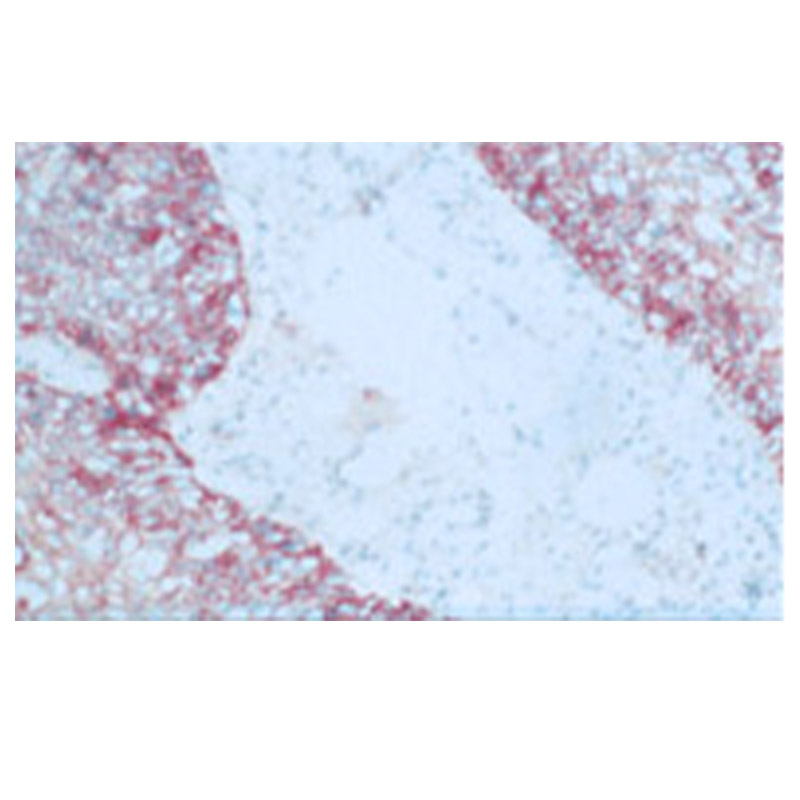Anti-Human Epidermal Growth Factor Receptor (EGFR) (Clone F4) - Purified
Product Code:
LEI-E102
LEI-E102
Host Type:
Mouse
Mouse
Antibody Isotype:
IgG1
IgG1
Antibody Clonality:
Monoclonal
Monoclonal
Antibody Clone:
F4
F4
Regulatory Status:
RUO
RUO
Target Species:
Human
Human
Applications:
- Immunohistochemistry- Paraffin Embedded (IHC-P)
- Immunoprecipitation (IP)
- Western Blot (WB)
Shipping:
Ambient
Ambient
Storage:
This purified antibody is stable when stored at 2-8°C. Do not freeze.
This purified antibody is stable when stored at 2-8°C. Do not freeze.
No additional charges, what you see is what you pay! *
| Code | Size | Price |
|---|
| LEI-E102-0.25mg | 0.25 mg | £305.00 |
Quantity:
Prices exclude any Taxes / VAT



